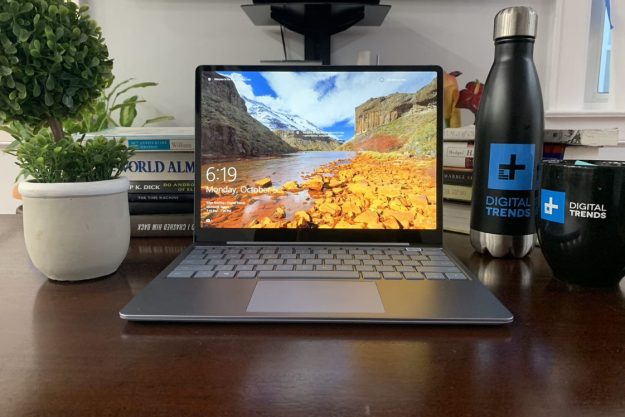In a move toward enhancing remote desktop experiences, Microsoft has unveiled a new application at the ongoing Ignite developer conference. Aptly named the “Windows App,” this tool serves as a remote utility, providing users with a centralized platform to manage various remote desktop connections. Whether you’re utilizing Azure Virtual Desktop, Microsoft Dev Boxes, or traditional Remote Desktop connections, it can streamline the control of these connections in one accessible location.
Having an intuitive interface, it features distinct sections like a home page, device page, and app page. Remote sessions are organized in large windows, displaying essential details such as wallpaper, host system name, and system specifications (available on Windows 365 machines). It also supports custom display resolutions with support for scaling, as well as device redirection for peripherals like webcams, storage, and printers.

The new Windows app is currently available for iPad OS, iOS, Windows, and the web in a preview format, with plans to expand its availability to Android in the near future. However, it’s important to note that the functionality for remote desktops is limited only to macOS, iOS, and iPadOS users.
Microsoft’s strategic move towardscloud computing is evident in its plans to extend the Windows 365 virtual machine service to consumers, which will allow them to run their personal Windows 11 installations on any device. The Windows App is currently limited to Microsoft’s assortment of business accounts, although indications suggest that it might eventually become accessible to consumers as well.
If and when Microsoft does release the app for the general public, it could potentially become a game-changer for mainstream consumers. It could even serve as a modern replacement for Microsoft’s existing Remote Desktop application, which seems to lack significant updates and features an outdated user interface.
Editors' Recommendations
- Windows 11 might nag you about AI requirements soon
- You’re going to hate the latest change to Windows 11
- Windows 11 tips and tricks: 8 hidden settings you need to try
- Microsoft finds a sneaky way to slip more ads into Windows
- Microsoft announces a new threat to push people to Windows 11




